What are the parts of a nail puller without a handle? |
||||
| Shop for Nail Pullers | ||||
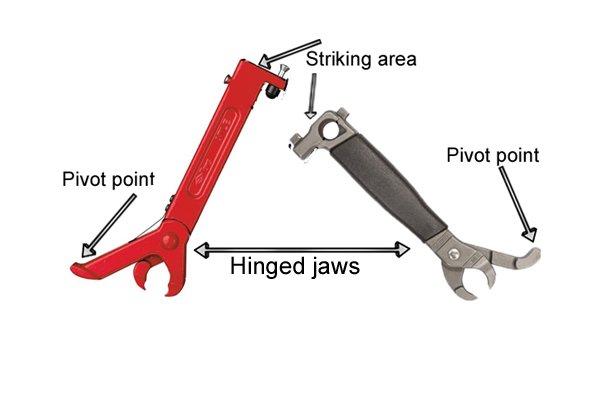 |
||||
Hinged jaws of a nail puller |
||||
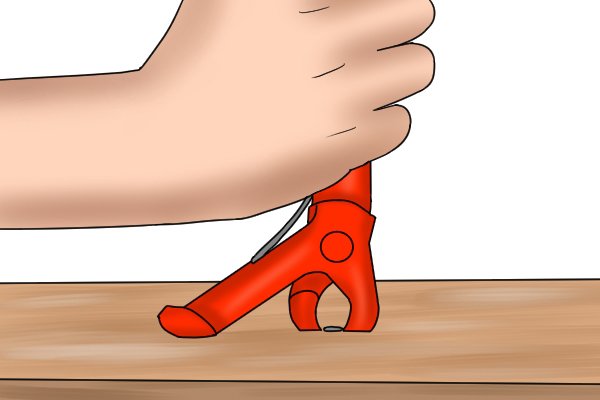 |
The hinged jaws are sharp so they can dig into the wood, reach under the nail head and grip the nail shaft. This means they should be able to grip nails that are flush or slightly under the surface. | |||
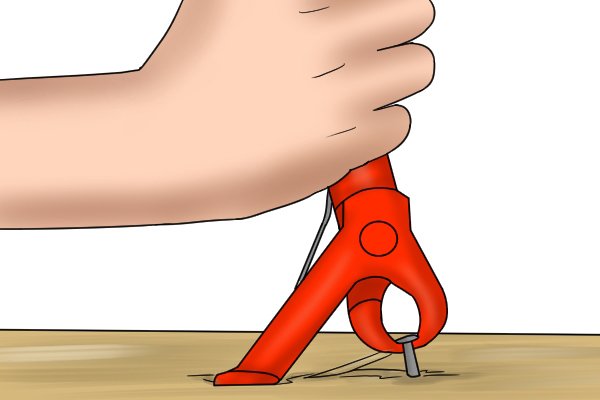 |
Sometimes the jaws will be on a spring, to keep them open as you position them. Once they are around the nail head, the pivot point is used to clamp the jaws tightly around the shaft of the nail. | |||
 |
The jaws are usually attached with a box joint fitting.This interlocking joint, where one pieces passes through the other piece, is known for its strength, although it does make the tool more expensive to manufacture. | |||
Nail puller striking area |
||||
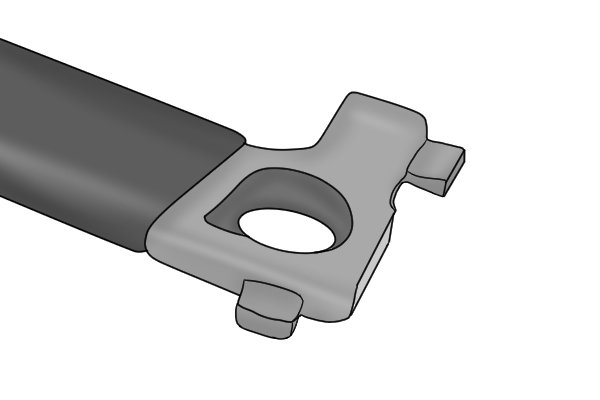 |
The striking area at the top of the tool is hit with a hammer to tap the nail puller’s jaws down and around the nail head. | |||
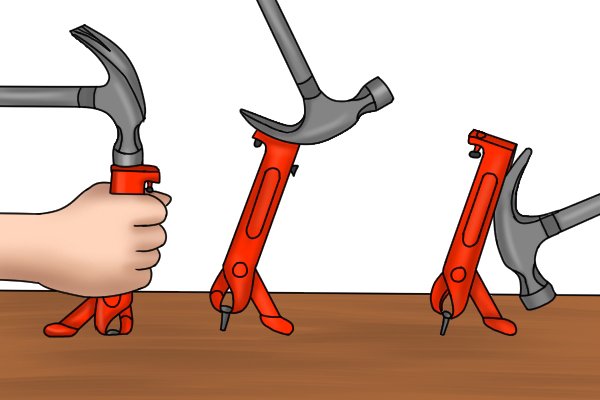 |
Position for claw hammerThe claw of the hammer can then be used on one of the points on the striking area, whichever is most convenient for the job you are doing. The hammer provides the leverage required to pull out the nail, therefore the longer the hammer used, the more leverage provided. |
|||
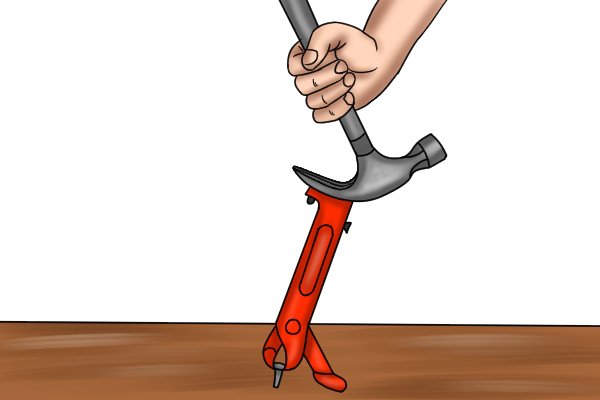 |
Not having the extended handle that works as a built-in hammer means that the tool is smaller and lighter, but can still pull out fairly large nails. However, it does need to be used with a separate claw hammer. | |||
Nail puller pivot point |
||||
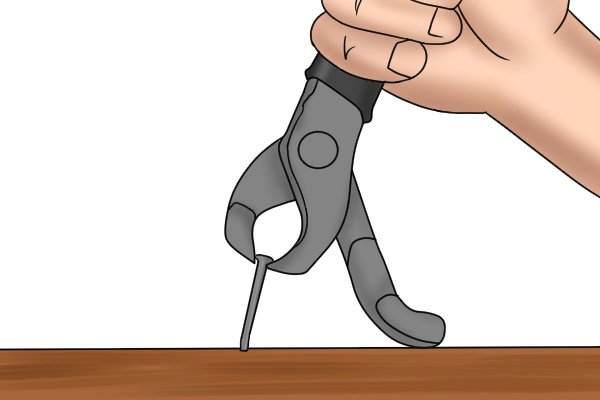 |
The pivot point, or fulcrum, also called the base heel or foot piece, is used as a base to pivot the tool on. As it is leveraged over, the jaws are closed around the nail to pull it out. | |||






